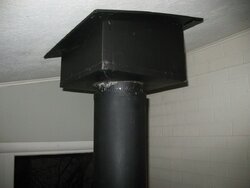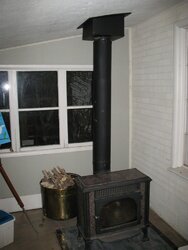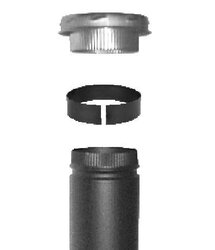Hello, I recently bought a house which has a wood burning stove in a back room. I'd like to get it working. It all looks fine to me except for the area where the stovepipe meets the ceiling. It seems like something should go there. I thought I would ask people who know their stuff rather than just wrap it in duct tape. I am thinking i need a reducer? But the sizes seemed odd. I measured the circumfrences of the pipes and calculated their diameters. The pipe coming out of the celing has a diamater of roughly 6.1 inches. The pipe coming up from the stove has a diamater of roughly 6.88 inches.
Can someone please help me figure this out? As you can tell, this is my first time ever dealing with stoves!
Thanks,
Mitchell
here is a link to full size pictures of what i'm working with:
http://imgur.com/a/93HEA
Can someone please help me figure this out? As you can tell, this is my first time ever dealing with stoves!
Thanks,
Mitchell
here is a link to full size pictures of what i'm working with:
http://imgur.com/a/93HEA




